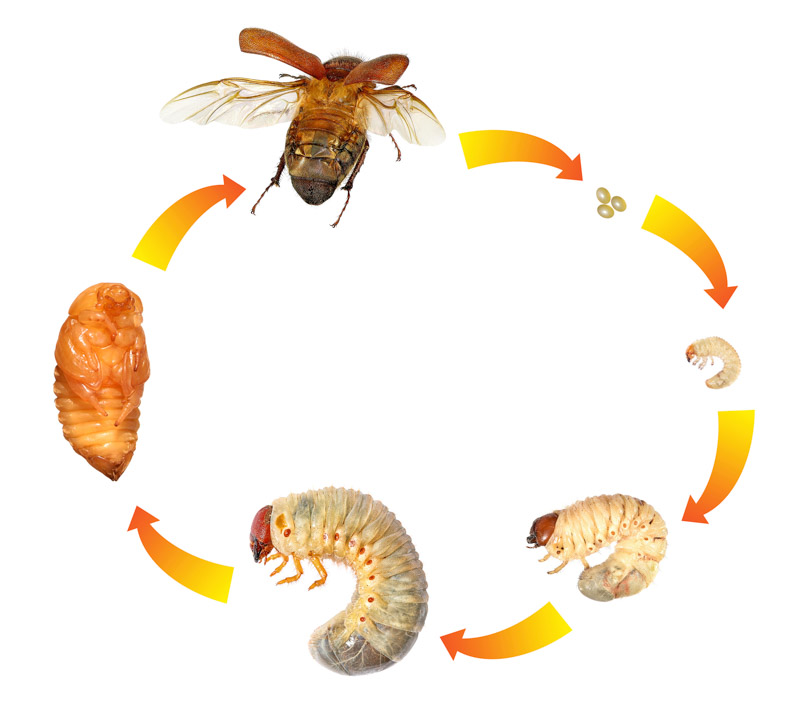Life Cycle Wheels
Overview
Children begin by continuing to learn about the wide variety of aquatic plants and animals in their region. Each child then chooses a special plant or animal to research, depict, and share with the class.
Focus Question
- What is the life cycle of local plants and animals?
Enduring Understandings
- Plants and animals can be sorted into groups based on different characteristics.
- People use the plants and animals of the seas and rivers in different ways.
Engagement
10 minutes
Sing the song “Everything Grows” by Raffi or read the book by the same title. Ask students what they know about the local animals and how they grow and change. Tell students that all animals have a life cycle. Show the class a Life Cycle Wheel of a local aquatic animal, and ask “What do you notice as the wheel turns?” Have a discussion about what the children notice. Explain that they will get to make their own wheel that shows the life cycle of an animal!
Exploration
15-20 minutes
Select five options that children can choose for their “wheel book” (fish, crab, snail, clam, mosquito, aquatic insect, urchin, etc). They will cut out the pictures of the developing stages (from egg to adult) and paste them onto the wheel, color the inside of the wheel, and decorate the outside of the folded life cycle wheel book. Give children books to look at and other resources to encourage them to think about the animal’s habitat and about how they will decorate the outside of their wheel book. Life Cycle Stages examples.
Explanation
15-20 minutes
Children will share their wheel books with each other as they finish. Groups of children can then share in the large group as you guide the discussion of the life cycle of each animal. Help children notice similarities between animals – and differences, too. Can they think of other life cycles not used within these wheels?
Elaboration
10 minutes
As homework, have children take their wheel book home and explain it to their families. Together can they come up with a different animal, or a plant, and draw the life cycle at home. They might do the life cycle of the animal that they researched in the previous activity. It might be useful to have a blank form or a circle cut-out that they can take home.
Evaluation
Listen as children describe their animal’s life cycle. Are they in the correct sequence? Can they describe how a creature develops? What features of the animal make it unique as it grows and changes? What kind of connections to other life cycles can they make?
Teacher Needs
Teacher Prep
Do research and gather information about local marine/aquatic plants and animals.
Acquire and organize books and materials. Make up examples of a large animal sculpture, a wheel book, and a riddle to show students.
Materials List
- Alphabet books to share with children for models
- 12 X 18 pieces of paper
- laminator
- spiral binding or 3 rings
- drawing and coloring materials (colored pencils, crayons)
- Books, field guides and/or posters showing local marine/aquatic plants and animals
- Science notebooks
- High Tide, Low Tide glue-in
- Large rolls or sheets of paper (variety of colors) and newsprint or newspaper
- Staplers, scissors, markers
- Room to manipulate tools and paper
- Construction paper
- Template and directions for the wheel book
- Brads
- Tag board and circle template
- “Everything Grows” book and/or song
- Life-cycle pictures to cut out
- A book about tides
Student Needs
Prior Knowledge
Students should know the ABCs, and have some prior experience with a class research project. They should be able to work with large paper and use tools for cutting and stapling. They will need to know how to use a paper fastener (brad).
Vocabulary
adult, answer, clues, cut, details, developing, draw, information, larva, life cycle, paint, research, riddle,staple, stuff, tide
Names of local plants and animals and their features.
Standards
Science GLEs Addressed
- A1, A2, C2, G3
[bws_pdfprint display=’pdf’]

